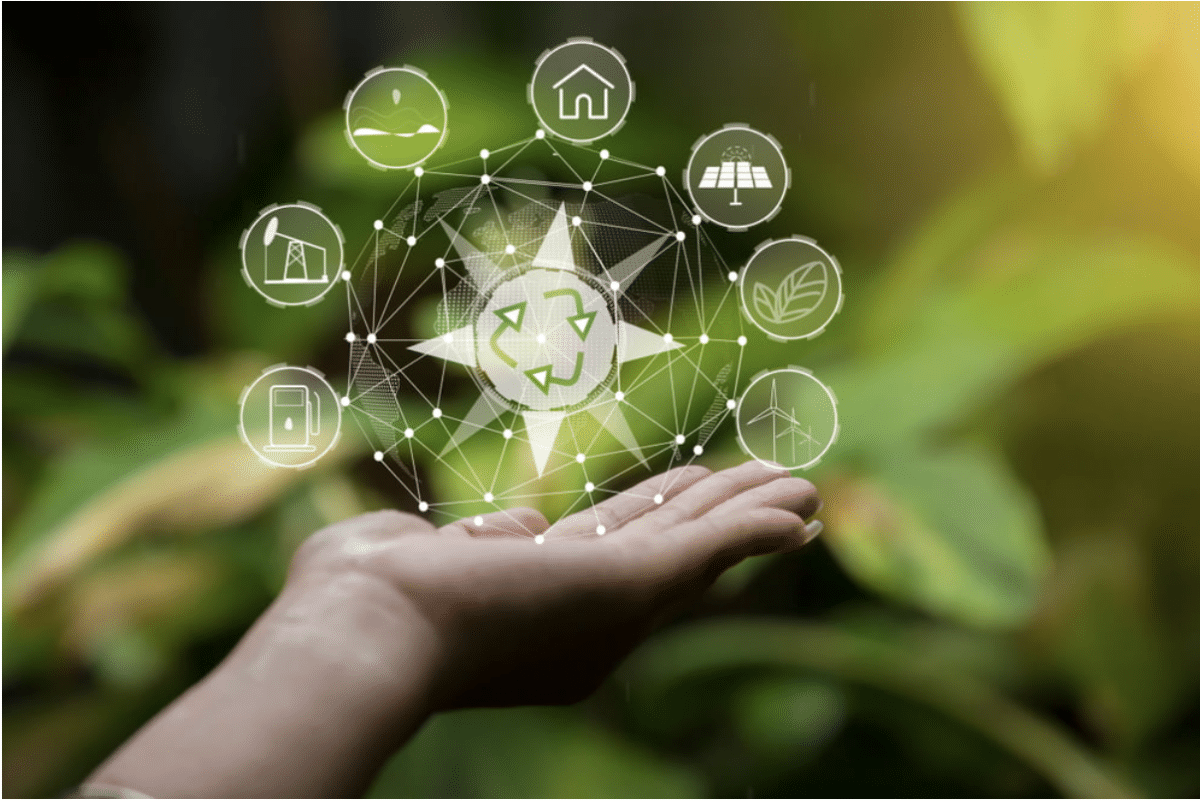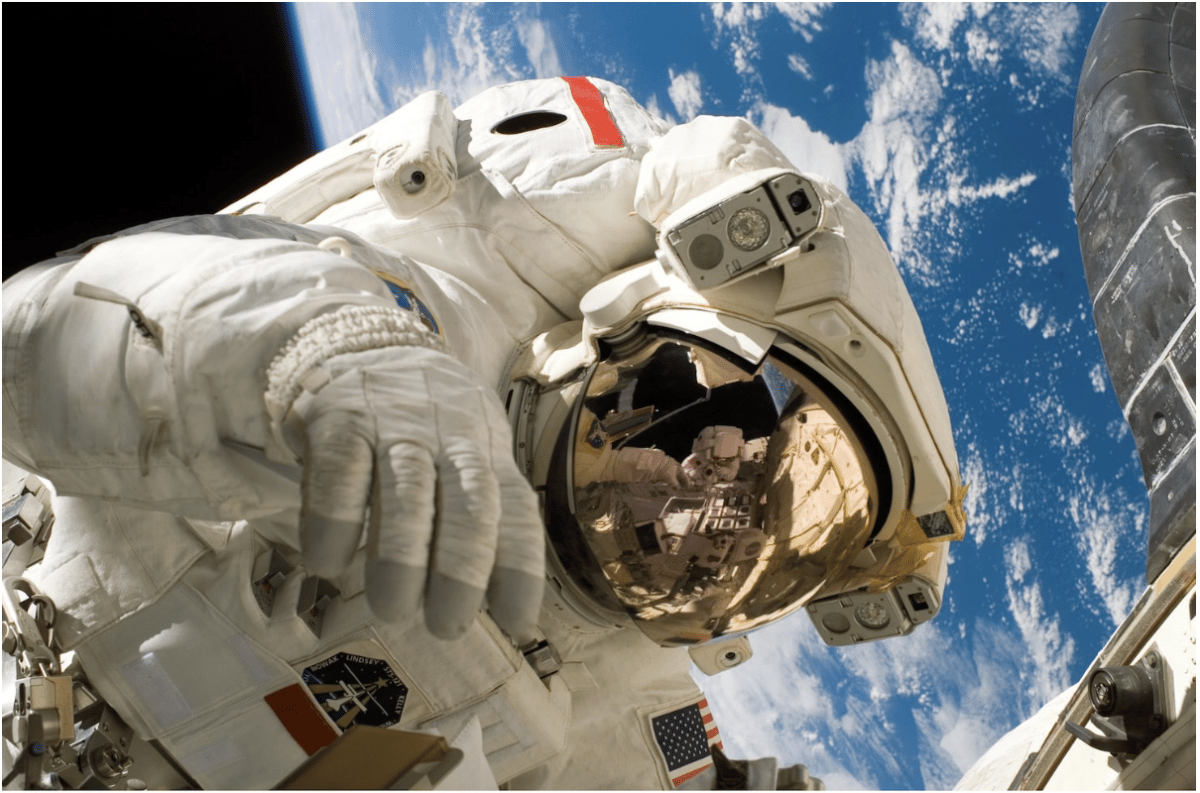As we approach 2023, it’s clear that technology will continue to shape and transform the world around us. From artificial intelligence and augmented/virtual reality to the internet of things and blockchain, the tech landscape is constantly evolving.
In this article, I’ll take a look at the top trends to watch in these areas, as well as in cybersecurity and beyond. Get ready to dive into the exciting world of emerging technologies and see what the future holds!
Artificial Intelligence

The artificial intelligence (AI) industry had a massive year. Several notable AI technologies emerged, such as the NVIDIA DGX Station and the Intel Habana Gaudi2. Generative AI tools like DALL-E and ChatGPT also garnered significant attention. As automation demand increases, what does the future hold for AI in 2023? Here are my predictions:
- Improved development of AI-powered personal assistants: AI-powered personal assistants, such as Amazon’s Alexa and Apple’s Siri, will become more sophisticated and understand and respond to a broader range of commands and questions.
- Advancements in natural language processing: There have been significant advancements in natural language processing (NLP), which allows AI systems to understand and generate human-like language. This will lead to the development of chatbots and virtual assistants that can communicate with users more naturally and intuitively.
- Increased use of AI for predictive analytics: AI will analyze large datasets and predict future events or trends. For example, AI will be used to predict customer behavior or forecast demand for a product on more advanced levels.
- Rise of autonomous systems: Autonomous systems, such as self-driving cars and drones, will become more common and are expected to play a more significant role in various industries. These systems will synthesize with other AI to make decisions and navigate their environments.
As a bonus point, the use of synthetic data will increase. This data will potentially improve the performance and generalization of AI models, and it is likely to become more widely used.
Augmented/Virtual Reality

The AR/VR industry had a banner year. Major companies ramped up their metaverse efforts. Video game pioneer John Carmack left Meta as Apple renamed its OS ‘xrOS’. The market boasts $12.13 billion and an estimated 171 million users worldwide. As this rapidly-growing sector continues to thrive, below are four predictions to expect in 2023:
- Corporate metaverse: The metaverse will allow companies to have a virtual office where employees can hold meetings, attend training sessions, and work on projects together. This technology is expected to become increasingly popular as more companies embrace remote work and virtual collaboration.
- Immersive entertainment: AR/VR will enable immersive experiences in sports, music, gaming, and wellness. For example, AR/VR technology will enhance sports fans’ viewing experience by providing virtual access to exclusive content and behind-the-scenes footage. It will also be used in the music industry to create immersive concerts.
- Augmented commerce: AR/VR technology is also expected to be used increasingly in the e-commerce industry to enhance the shopping experience. For example, AR technology will allow customers to virtually try on clothing or see how furniture would look in their home before making a purchase.
- Cross-platform mixed realities: As AR/VR technology continues to evolve, it is expected that there will be an increasing number of cross-platform mixed reality experiences that blend the physical and virtual worlds. This will include experiences allowing users to interact with physical objects in the real world and virtual objects or experiences.
With web usage still alive, there will also be an increase in webAR. This means there would be no need to download a separate app or software to augment the experience. WebAR would be used to create interactive museum exhibits, immersive e-commerce experiences, or make-believe educational resources.
Internet of Things (IoT)

Despite the IoT industry facing a chip shortage, the market is worth about $800 billion. The largest segment in 2022 – consumer media and internet devices – topped $100 billion in revenue. With this figure expected to continue to rise, I’m predicting these four events for IoT in 2023:
- Increased growth: The Internet of Things (IoT) industry will continue to see significant growth in the coming years as more and more devices are connected to the internet and the demand for automation and data analysis increases.
- Prevalence of 5G network: The adoption of 5G technology will play a significant role in the growth of the IoT industry. It will provide faster, more reliable connectivity for devices and enable new use cases that were previously impossible.
- Advanced edge computing: Edge computing will change how data is processed and analyzed within the IoT ecosystem. By bringing computing power closer to the devices that generate the data, edge computing will reduce latency and improve the efficiency of IoT systems.
- AI, IoT, and machine learning integration: Integrating AI and machine learning into the IoT will enable more advanced analytics and decision-making capabilities, leading to increased automation and improved efficiency in various industries.
IoT is expected to become even more integrated into our daily lives, bringing about significant changes in how we work and live. While this technology will offer several benefits, there will be concerns about its potential risks and ethical implications.
Blockchain and Cryptocurrency

Blockchain technology went cold this year as winter caught up with crypto investors. Bitcoin fell massively, Luna and Terra crashed, and FTX filed for bankruptcy. The major bright sides were the ethereum upgrade and crypto’s adoption across companies and sectors. It’s hard to say what the future holds for this industry, but here are my predictions for 2023:
- Regulators will scrutinize: As the crypto industry becomes more mainstream, it is likely that regulators will increase their scrutiny of cryptocurrencies and related activities. This could involve more strict laws and regulations and increased enforcement of existing rules.
- Ethereum will outperform Bitcoin: Many experts believe that Ethereum, the second-largest cryptocurrency by market cap, has the potential to outperform Bitcoin in the coming years. This is because Ethereum has a more versatile platform that can support a broader range of decentralized applications.
- Web3 platforms will grow: Web3 platforms, which use blockchain technology to enable decentralized applications, are expected to continue growing in popularity. These platforms offer a more secure and transparent alternative to traditional web-based applications and are likely to be adopted by many industries.
- More countries will embrace crypto: As the benefits of cryptocurrencies become more widely recognized, more countries will likely begin to embrace them. This could involve the adoption of crypto as a legitimate form of payment, creating supportive regulatory frameworks, or both.
A bonus point to consider is the popularity of NFT and the leverage of DeFi. Both technologies have the potential to disrupt traditional industries and are worth keeping an eye on in the coming year.
Cybersecurity

This year, Google purchased Mandiant to boost its GCP status against AWS and Azure. But that wasn’t enough to caution bad actors. Cybercriminals took an entire country offline and consistently attacked the healthcare, crypto, and insurance sectors. As data breaches cost an average of $4.35 million in 2022, what does the future hold for cybersecurity in 2023? Check my predictions:
- Year of zero trust: Zero trust security model assumes all network traffic is untrusted and requires authentication and authorization before access is granted. This model will become widespread in 2023 as organizations implement strict access controls and continuous monitoring.
- Year of SASE: SASE solutions combine network security and wide-area networking (WAN) functionality into a single, cloud-based service. It will be widely adopted to provide secure, seamless access to resources and applications for remote and mobile users.
- Social engineering redefined: Bad actors will use AI, such as deep fake technology, to create highly realistic, manipulated videos and audio. This content will be used to deceive individuals or organizations, thus redefining social engineering.
- Breaches and charges: More companies will be fined and held accountable for data breaches through legal action or regulatory fines. This will highlight the importance of implementing robust cybersecurity measures.
In addition to the above, targeted ransomware and state-sponsored cybersecurity warfare will likely increase. These attacks will cause substantial financial losses and damage reputations unless cybersecurity measures are in place.
Sustainable Technology

The number of climate technology companies grew by over 35,000 from 2010 to almost 45,000 in 2022. In addition, 53% of sustainable technology investment exceeded $250 million, representing a more than 500% increase from just 10.5% in 2017. Estonia also saw over $1 billion in climate tech investment. Given the global efforts to achieve net-zero carbon emissions, here are some predictions for 2023:
- Low-carbon construction: Domestic building and construction contribute significantly to greenhouse gas emissions, accounting for nearly 40% of such emissions. However, new technologies have made it possible to construct houses that generate energy and have low or zero carbon emissions using eco-friendly materials such as bamboo.
- Carbon capture: In order to meet the goals of the Paris Agreement to limit global warming to 1.5℃, it will be necessary to remove excess carbon from the atmosphere. As a result, we can expect to see the development of scalable technologies that can extract, store, and recycle carbon as synthetic fuel.
- Clean energy storage: To effectively reduce carbon consumption, it is important to have a reliable supply of clean energy, even when the sun is not consistently available. In an effort to address this challenge, companies such as Malta and Aquion Energy are working on developing affordable technologies to store clean energy for extended periods of time.
- Hydrogen-powered engines: Electric vehicles are becoming increasingly popular as a replacement for traditional fuel-powered vehicles. Additionally, hydrogen-powered vehicles are gaining attention as a means to fully eliminate the use of combustion-based vehicles and reduce harmful emissions on roads.
As a bonus trend, waste cycling has gained increasing attention as a way to address the issue of overflowing landfills. Companies are developing innovative upcycling technologies that transform waste into valuable materials like clothing, bicycles, fertilizers, and more. This trend is expected to continue in 2023.
Space Exploration

In 2021, SpaceX successfully conducted the first fully private mission to the International Space Station. NASA also made significant progress in space exploration, launching the James Webb Telescope and the Artemis spacecraft. Likewise, China completed construction of its space station. If we could take a telescopic view of 2023, what might we see in space? Here are some predictions:
- Moon landing: There has been a recent shift in focus from Mars to the moon. In 2023, the Japanese Hakuto-R spacecraft is planned to embark on a mission to the moon. Additionally, two NASA-sponsored U.S. spacecraft will be sent to the moon with advanced equipment to analyze the lunar environment.
- Jupiter exploration: The European Space Agency has ambitious plans to study Jupiter’s icy moons – Europa, Ganymede, and Callisto – through a dedicated robotic mission. This mission will involve multiple orbits around the moons before ultimately entering Jupiter’s orbit in 2031.
- More private space trips: Building on the success of SpaceX’s fully private space mission in 2021, 2023 is expected to see an increase in similar missions. One such mission is scheduled for March 2023 and will include the opportunity for passengers to venture outside the spacecraft or at least peek outside.
- Return on asteroid explorer: In 2016, NASA launched the OSIRIS-REx mission to study the near-Earth asteroid Bennu and collect samples for analysis. After arriving at Bennu in 2018, the asteroid explorer is now approaching its return to Earth, with an estimated landing date of September 24 in the Utah deserts.
There is also the continued development of reusable rockets. Traditional rocket launch systems are designed to be used only once, resulting in high costs and long lead times for space missions. By contrast, reusable rockets can be launched multiple times, significantly reducing the cost and complexity of space missions.
What Will Happen in 2023 Technology?
The AI, AR/VR, and IoT industries are likely to see significant advancements in the coming years. AI is expected to improve personal assistants, natural language processing, predictive analytics, and autonomous systems. AR/VR is predicted to advance corporate metaverses, immersive entertainment, augmented commerce, and cross-platform mixed realities. IoT is expected to continue growing, develop new devices and applications, and increase adoption in various industries while improving efficiencies and reducing costs. However, it’s important to note that making specific predictions about these technologies is difficult.

